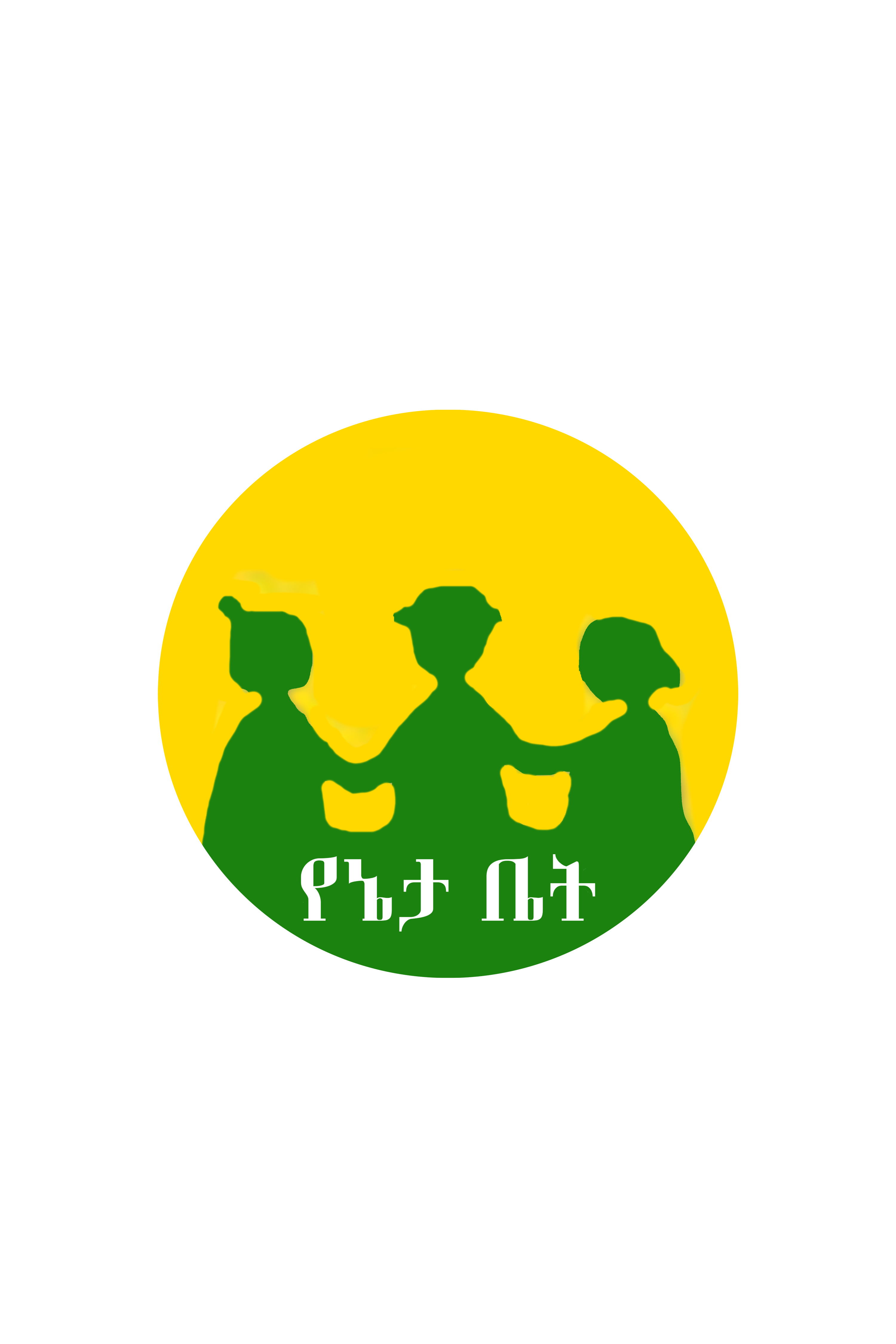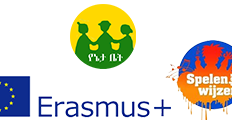When parents and children do an activity, they do it with a certain level of comfort, challenge, or panic causing difficulty. But, they may not always notice which of the three situations they are in when they carry out an activity — comfortable, challenged, or panicking. These are called the three zones of the learning zone model — Comfort Zone, Challenge (Learning) Zone, and Panic Zone. The goal for both parents and children is to step out of their comfort zone and learn a new skill. If an activity is within their comfort zone and they keep doing only that activity, then learning is not happening.
Learning happens when they try something new, something that is challenging. Therefore, the goal is to expand the challenge zone and narrow down the panic zone. If an activity is in their panic zone, i.e., they feel stressed about it and that they feel extremely uncomfortable, they should slowly push themselves to do it and make it a part of their challenge zone, and later it becomes their comfort zone. Nevertheless, how hard and how long they should push themselves and their children to transform a panic activity into a comfortable one is an important question, and this article provides an explanation of some best practices.
Comfort Zone, Learning Zone, and Panic Zone
See the picture below that demonstrates the three zones in the learning model. When we are in the comfort zone, that is where we feel good. We are not really challenging ourselves, but we are feeling very comfortable, we are happy, and we are at peace. In the panic zone, we are freezing and being unable to do anything. When we are in the panic zone, we cannot work well, we don’t know how to think clearly, and we don’t know how to act properly. Between the comfort zone and panic zone, in the middle, is the challenge zone or otherwise called the learning zone.
The challenge zone is where we should be most often, because it is the zone where we learn. In this zone, we are doing things we are not used to, and it requires some effort, but we are able to overcome this challenge. And when we overcome some challenges in the learning zone, after a while, it becomes a part of our comfort zone. So, our challenge zone and comfort zone expand while the panic zone shrinks.
According to parenting trainers, to very well understand these zones in the learning model, you can think about the following 10 activities and determine whether you feel comfortable when doing them, or you feel challenged and are interested to overcome the challenges and learn to do them, or you panic because of the level of difficulty of the activity. I’m Yoyo, and the table below shows my answers. Draw your own table on a piece of paper and decide whether an activity is in your comfort zone, panic zone, or challenge zone.

Some of you may be in panic when you think of singing in public and talking to a mass of people, while you may be comfortable in visiting the headmaster’s office or making official complaints. Some of you may feel challenged by talking to an angry person or comforting a crying child, while you may panic at the thought of preparing a ceremony for many invitees or dressing your bleeding sliced finger. Have you tried the exercise? Do you now understand how activities differ in terms of how we feel about them? Carry on reading and you will learn a thing or two about how you can transform your panic zone activities into your comfort zone.
Parenting trainers explain that the learning zones are not only about parents, but they are equally about their children. As parents, it is very important to observe our children when they do an activity and see how they feel about it. Are they comfortable doing it? Are they challenged by it? Or are they panicking because we told them to do the activity?
To clearly see how children are reacting when given an activity, parents need to be alert about the signs of panic that the children display. Is the child frozen? Does the child look unable to do anything? Is the child unable to speak? If yes, then the child is in panic mode because of the activity and the parent must do something.
Parents should expose children to a wide variety of activities. Sometimes, they should do the activities together with their children, and open opportunities for children to learn new things regularly and continually. This will help expand children’s learning zone and comfort zone while increasingly narrowing down their panic zone.
Issues of Concern in Dealing with Children’s Panic Zone
The first thing parents ask is what they should do when a child is panicking about an activity. The first response is to comfort the child. When children are in panic, they turn to their parents, and it is crucial that the parents build trust with their children. During panic in the face of an extremely difficult activity in the mind of the child, especially for smaller children, parents can hug them and give them physical comfort where the children feel safe.
Another question of concern is, especially when a given activity is a particularly important activity, what parents can do to make the child overcome the panic and do the activity so that it becomes his/her comfort zone. In this case, should a parent keep pushing the child to continue doing the activity even if the child is panicking? Or should they stop and avoid the activity even if it is an important activity for the child to learn? If a parent keeps pushing a child in a panic zone activity instead of stopping immediately, the child will always be in panic whenever that same activity is brought back.
However, the type of activity determines what step to take to transform a child’s panic zone activity into his/her comfort zone. For example, if the activity a child is panicking about is taking a shower, the parent can try to find smaller steps whereby the child slowly gets used to the activity until it becomes their challenge zone and later their comfort zone. In some situations, the parent can also ask the child what he/she thinks is the less frightening way for them to do the activity.
When a parent tries to understand what a child is feeling about an activity, they should not confuse their own feelings about the activity with the child’s feeling about the same activity. Sometimes, even if the child is comfortable about the activity, the parent may panic because of the level of difficulty of the activity. In this case, the parent should not stop the child from doing the activity, because their fear is not the child’s fear. What parents can do, instead, is make sure that the child will not be hurt, physically or mentally, because of the difficult activity they love to do.
Some parents become too protective and never try to find ways to slowly bring the child out of a panic zone. This will prevent the possibilities for the child to learn new things. Therefore, it is important that parents pay closer attention to the source of the panic and how important an activity is (e.g., swimming is less important than taking a shower), and find smaller steps to try to help the child learn new things and expand their challenge zone and comfort zone. This strategy can also work for less important but enjoyable activities. After attending a training workshop on this topic organized by Yenetabet in collaboration with Parent International,
parents shared their best experiences in helping their children learn a new skill and transform a panic zone activity into a comfort zone.
A parent took his daughter to a swimming pool for the first time, and she was frightened to try swimming even in the presence of the parent. He did not push her to try. He knew that trying to push her further would only worsen her panic. So, he comforted her and avoided the activity for the day. In the next few days, he built a smaller pool at home that looked very easy to the child. She easily tried swimming this time and took the challenge. After some trial, he brought her back to the swimming pool and this time she was not afraid at all and she got into the water happily. “When we told her it was time to go back home, she did not want to leave the swimming pool”, he said. Can you, the parent reading this, think of some activities that your child is afraid of currently? Can you think of ways you can make this panic zone activity a part of the child’s comfort zone? I wish you all the very best!






